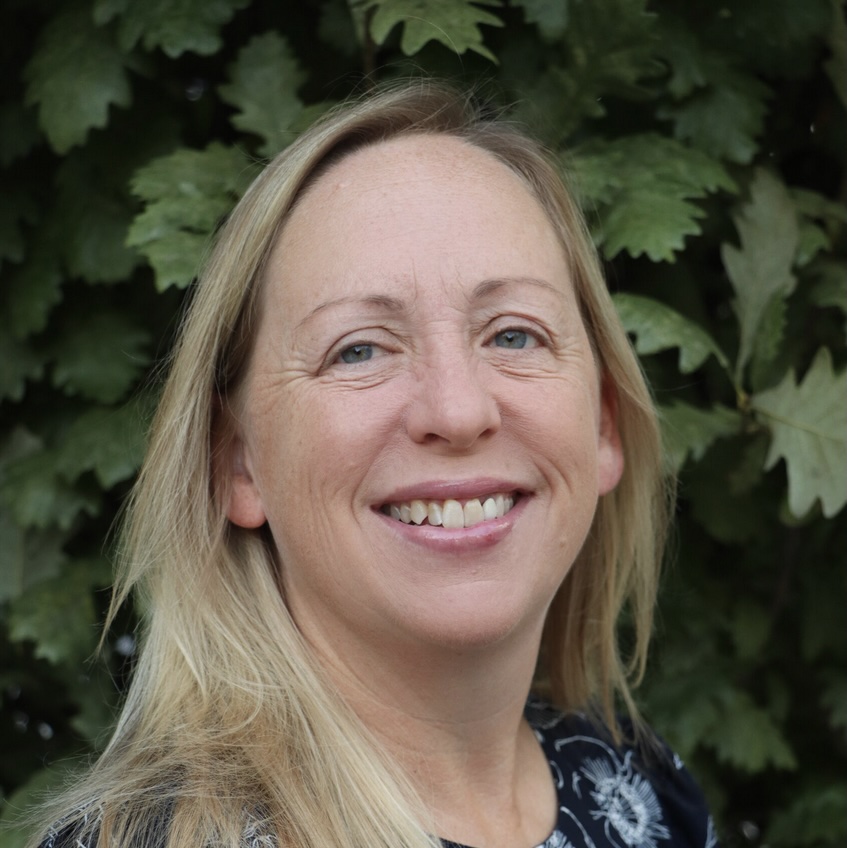
In recent years, medical associations have thoroughly investigated the user experience for physicians, distributing surveys in hopes of identifying the most significant challenges. And while that data has helped illuminate issues on a broad level, it hasn’t necessarily provided the organization-specific details sought by leaders like James Blum, MD, Chief Health Information Officer at University of Iowa Health Care.
And so, Blum’s team conducted their own survey in 2023 and found that the number one pain point was external data integration – not surprising given that UI Health Care provides most of the tertiary and quaternary care for the state of Iowa, and serves as a referral center for specialized care. What that means, he noted, is “we get a lot of patients that we don’t know very well.”

James Blum, MD
To that end, they’ve been focused on finding ways to seamlessly integrate patient data into the system and present it to clinicians at the point of care, while also working to reduce the administrative burden. Recently, Blum spoke with This Week Health about the strategy his team is leveraging to “move the needle,” which involves not just deploying the right tools, but also providing the right structure and education to drive adoption.
UI Health Care’s first major step in that direction was implementing an ambient AI-documentation tool that was shown to reduce burnout significantly during a trial. “We recognized that the human was going to be out of the loop at some point – that this was the future,” he noted. “We were ready; we had a trial group aligned and we knew how we would do the bake-off.”
What they also had was a strict set of compliance requirements and a high level of expectations, which added a layer to the selection process. “We instantaneously recognized that almost no vendor at the time was going to meet our criteria,” Blum said, particularly when it came to data usage. Despite assurances that data would be de-identified, his team stood their ground, and eventually signed an agreement with Nabla. “They told us they didn’t need our data, and so, we were off to the races.”
Following the trial, the tool was deployed to physicians, non-physician providers, nursing, house staff, and trainees, garnering high adoption rates and validating the team’s decision to act quickly. “This was a case where perfection can be the enemy of good; we didn’t want that,” he added. “We went with good, and it’s been much better than that.”
Another big change they stared down was data integration – or more accurately, the lack thereof. “We still get a lot of information via fax,” which makes it “very difficult to put together a picture of patients,” he noted, and particularly those undergoing specialty surgery. “We need to make sure the patient can withstand the anesthetic and the recovery,” and that the right support services are in place.
The solution they chose? Evidently, a clinical data intelligence platform that, put simply, “takes all of the data in the EHR and converts it to information that is then usable for clinicians, and hopefully brings wisdom to the picture,” Blum said. The tool combs through the patient’s record and generates an automated problem list and summary of the last 24 hours, as well as the last clinical encounter with University of Iowa Health Care. In doing so, it helps save time, while also guiding the decision-making process.
Additionally, Evidently introduced a set of generative AI tools to help clinicians recognize comorbidities and document any steps that are taken. As a result, “it has helped us become more robust and has changed the way we practice,” said Blum.
That, he believes, should be the bar when it comes to any initiative – particularly one that introduces change.
For that reason, they’ve adopted a “very scientific approach to implementation” that establishes the right set of metrics. “If it can withstand peer review in a publication, it can withstand your CFO,” he noted. “That tends to be our approach, along with making sure we know the expected and desired outcomes prior to any intervention.”
From there, he provided a few more nuggets of wisdom for organizations that are considering AI-driven technologies.
“We’ve been successful with both of these technologies,” Blum said, noting that as many as 80 percent of providers have created accounts for at least one of two, and about 60 percent are using them regularly. The determining factors? “Making it available and making it simple,” he noted, and not forcing it on anyone.
“We made a commitment to this, and I think it’s going to be a huge win. I think ultimately, we’re going to get to the point where doctors can, once again, just be doctors,” he noted. “They can go in and talk to the patient without having to write a comprehensive note. It’ll be written for them and they’ll have information presented in a sensible fashion.”
And that, in time, will help “bring back the joy of medicine.”

No contributors linked to this article.

Questions about the Podcast?
Contact us with any questions, requests, or comments about the show. We love hearing your feedback.

© Copyright 2024 Health Lyrics All rights reserved